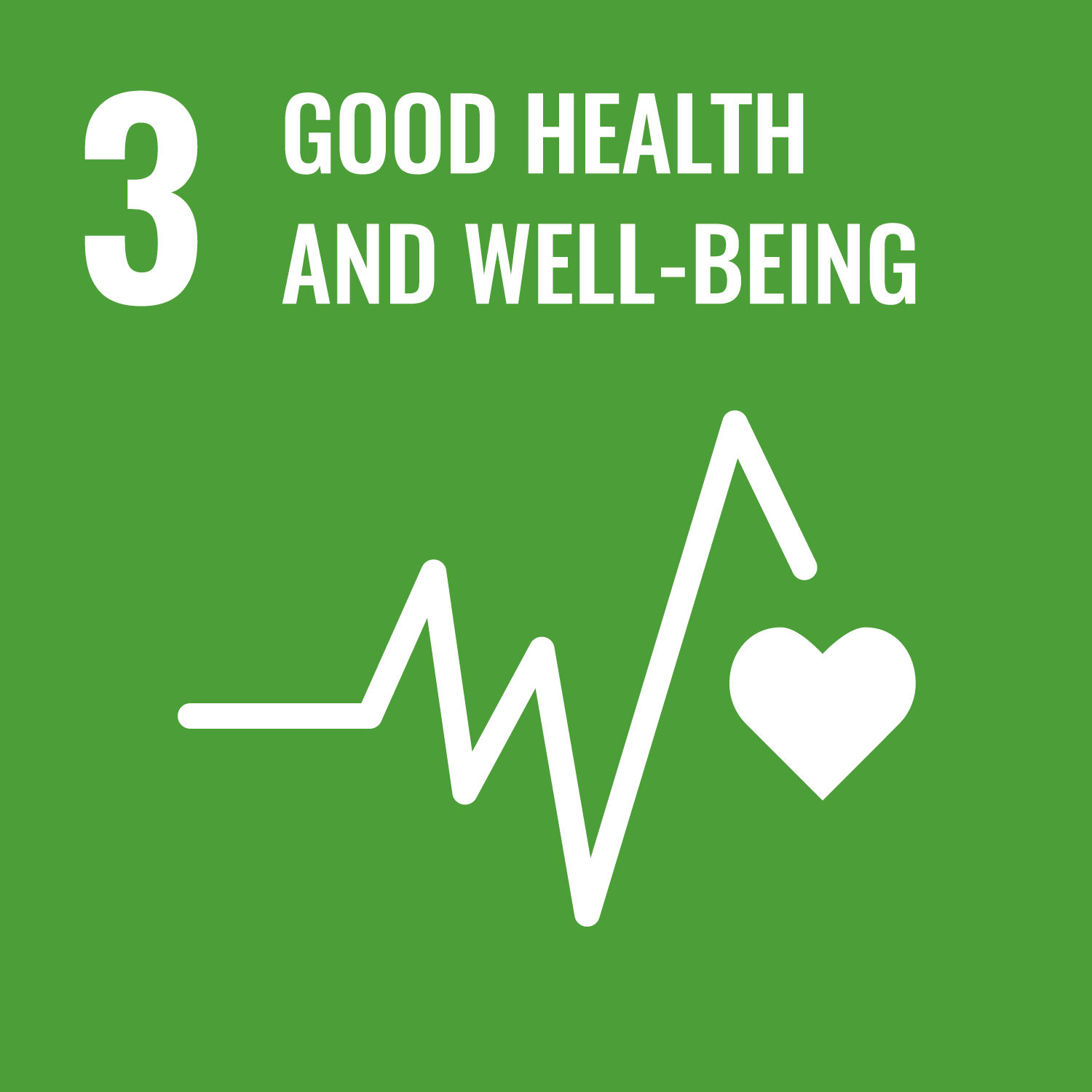
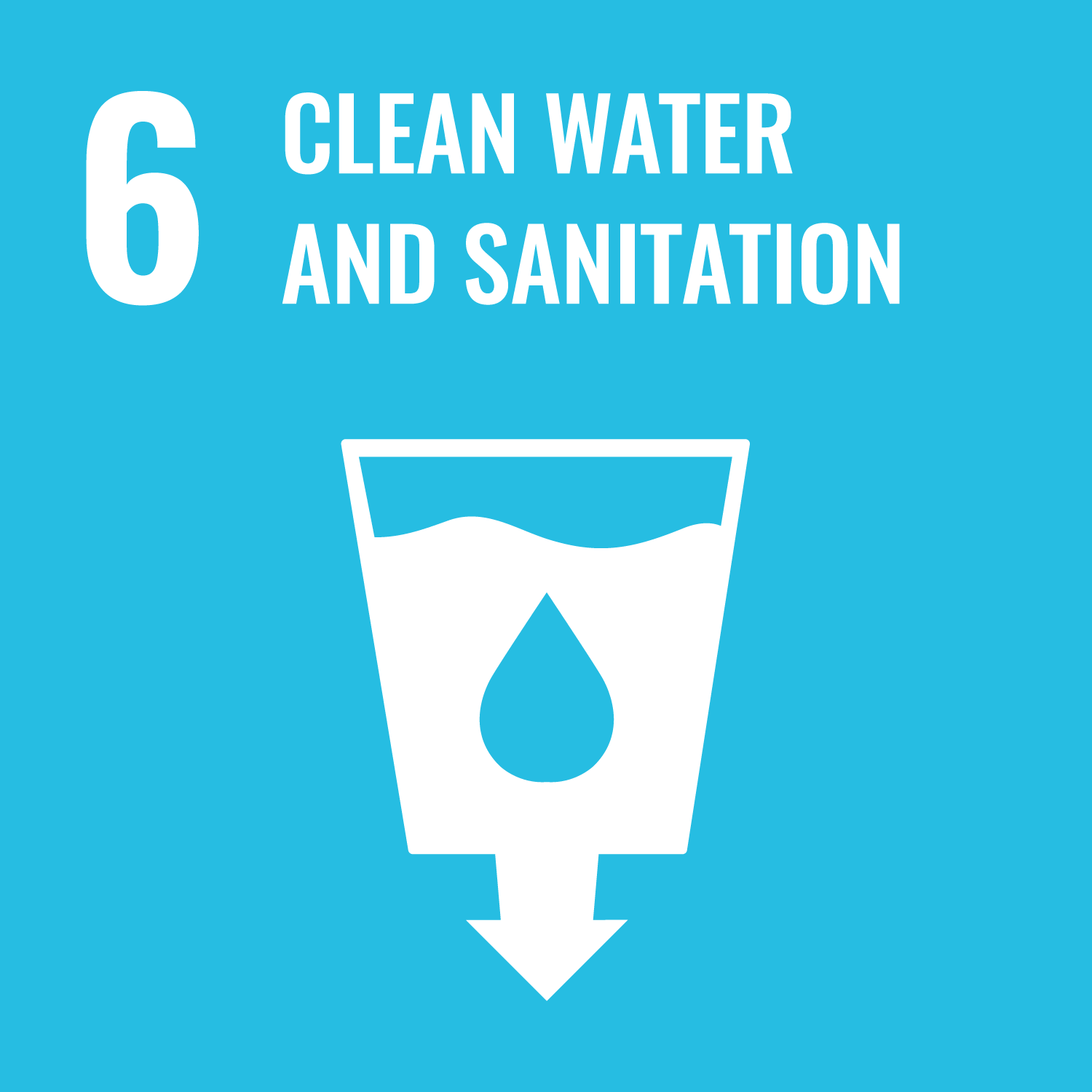
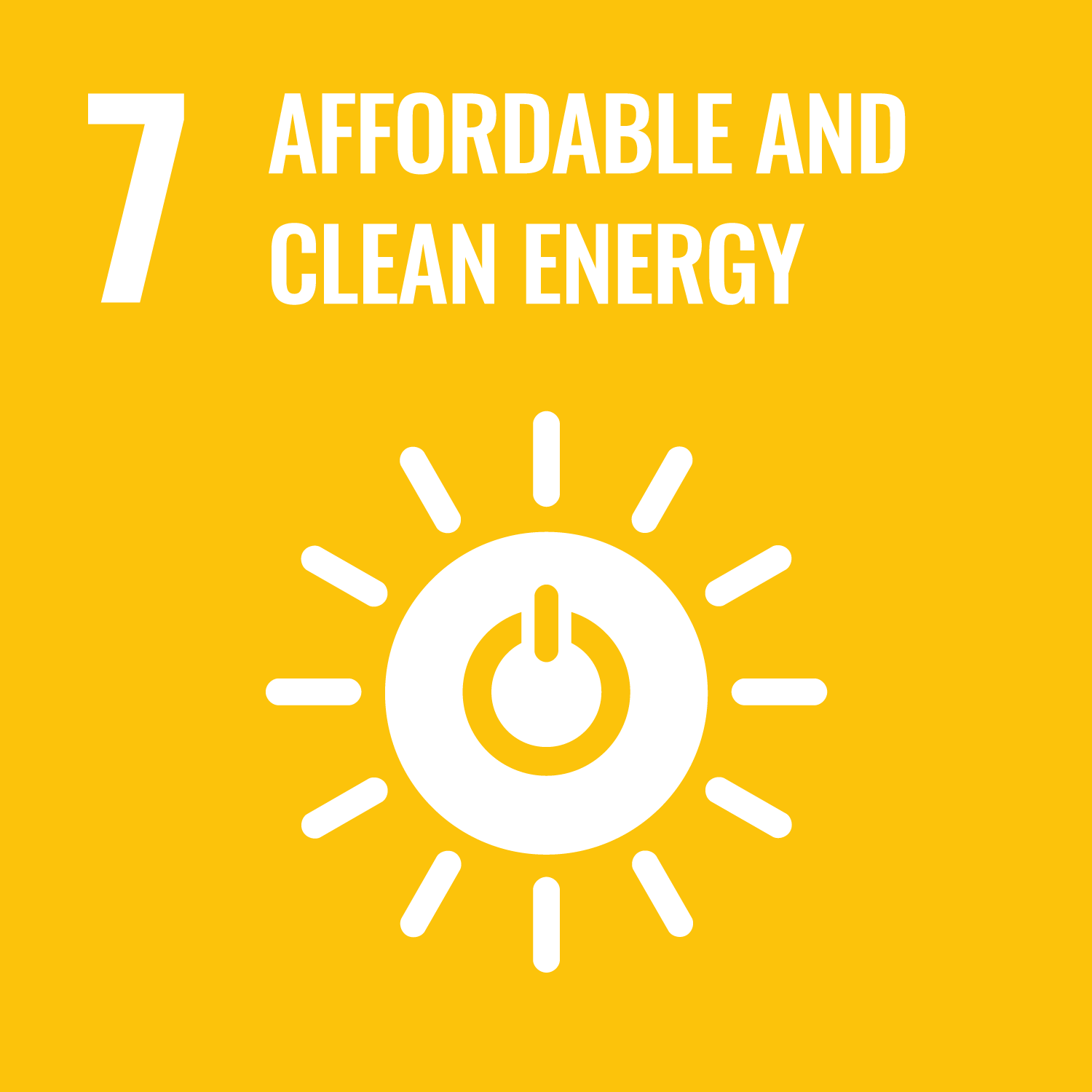
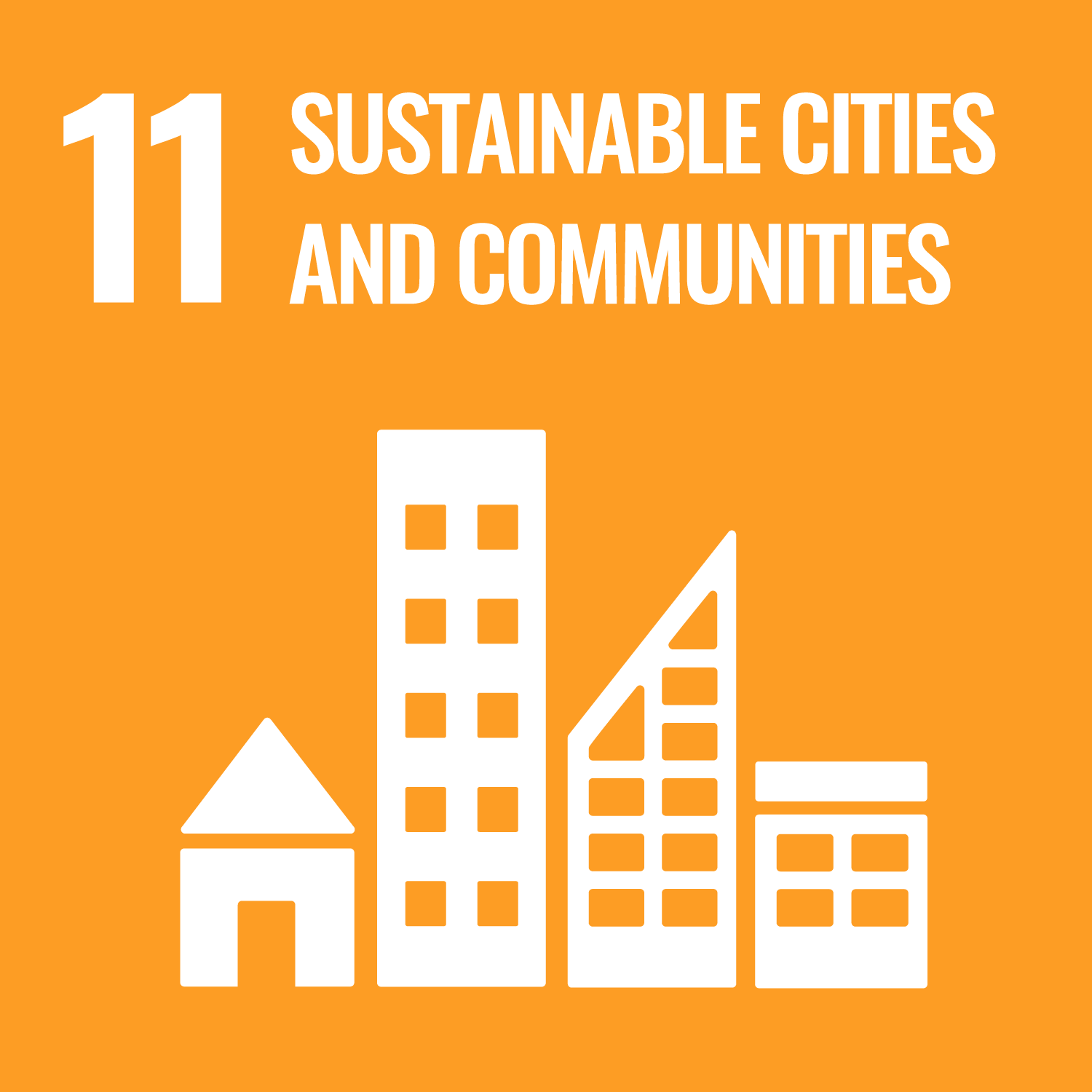
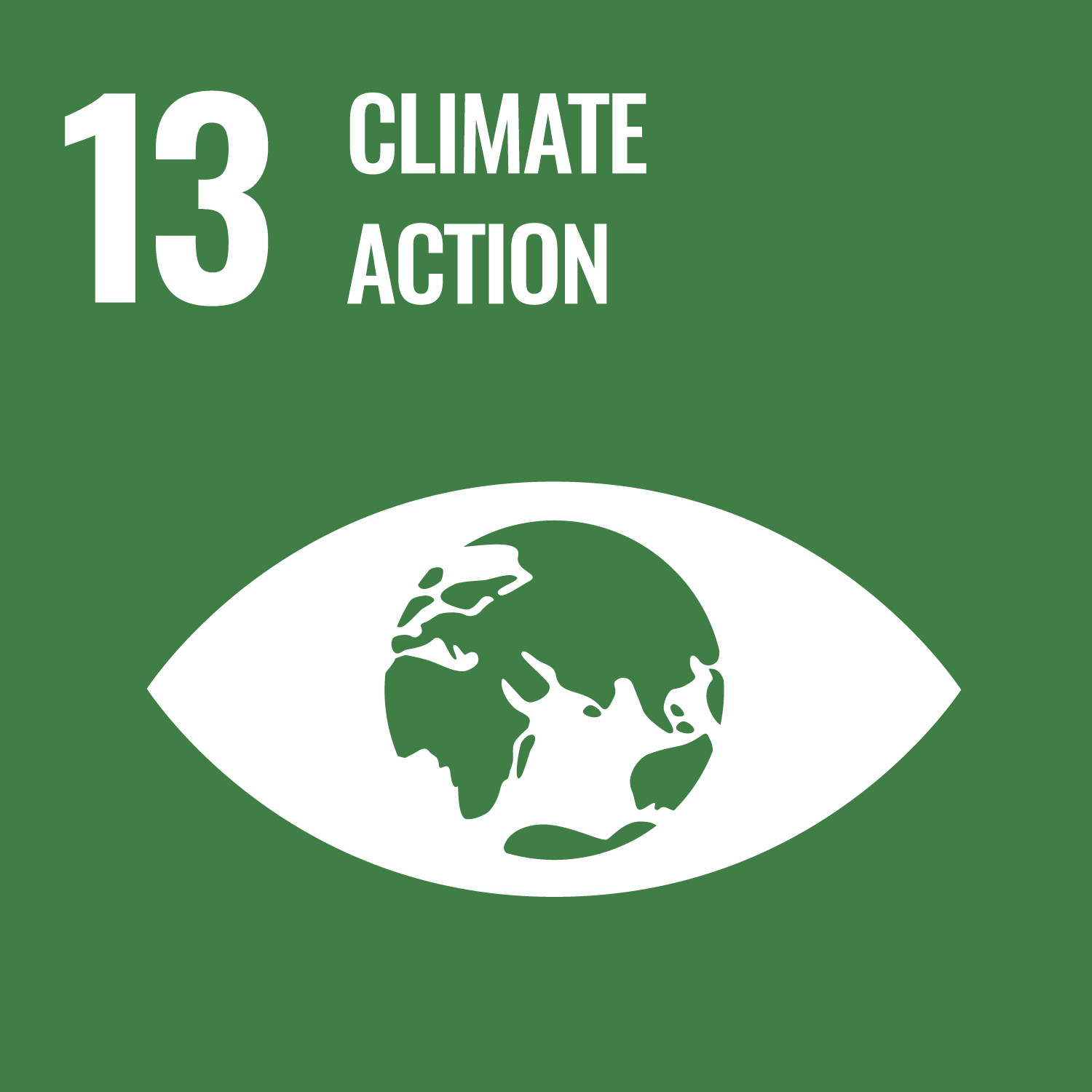

The Wrocław University of Environmental and Life Sciences follows national guidelines in building law and public procurement law. Key regulations for emission reduction and energy efficiency in buildings include:
- Regulation of the Minister of Infrastructure of April 12, 2002, on technical conditions for buildings and their location: As of January 1, 2021, updated technical and construction regulations have been in effect, tightening requirements for the insulation of building partitions and the maximum primary energy consumption (EP) of buildings. For public utility buildings, the EP index must not exceed 70 kWh/(m²·year).
- Directive 2024/1275 of the European Parliament and of the Council (EU) of April 24, 2024, on the energy performance of buildings: This directive introduces new requirements to improve energy efficiency and reduce emissions. It mandates that member states implement technical and construction regulations ensuring new buildings are designed to optimize the use of renewable energy.
Financial Support Programs:
- National Fund for Environmental Protection and Water Management (NFOŚiGW): UPWr uses funding under the FENX.01.05-IW.01-010/24 program, financed by the European Funds for Infrastructure, Climate, and Environment for 2021-2027, which supports activities in the energy and environmental protection sectors. The program prioritizes the development of green and blue infrastructure, aiming to support nature conservation and sustainable development.

In 2022, UPWr joined the Race to Zero campaign. Our university has committed to reducing greenhouse gas emissions by half by 2030 and achieving climate neutrality by 2050. The Action Plan includes transforming the university infrastructure to minimalize gas emissions (energy and heat use among others).
Green Building Elements at UPWr
When undertaking new investments, UPWr adheres to sustainable development principles, focusing on environmental protection and minimizing its impact on nature. Key aspects include reducing natural resource consumption, minimizing pollution emissions, and promoting energy-efficient and low-emission solutions in the construction process, as well as protecting and enhancing local biodiversity. These efforts align with the SDG 13 Climate Action.
Photovoltaic and Solar Installations
The Wrocław University of Environmental and Life Sciences has three photovoltaic installations and one solar installation in various campus buildings:
- Indoor Swimming Pool and Sports Hall on Chełmońskiego Street: The photovoltaic system generates electricity for facility needs without the option to sell it to the grid. The solar installation, consisting of 84 flat solar collectors, heats domestic and pool water.
- Teaching and Research Center on the Grunwald Campus: Photovoltaic installation on the flat roof and southern and western building facades. The system is connected to the internal electrical grid without the option to sell energy, with safeguards to prevent energy from flowing into the grid.
- Regional Center for Innovative Technologies in Plant Production, Processing, and Food Safety – Plant Production Technology Department in Swojczyce (building S-18): Photovoltaic installation on the south side of the gable roof. The system is connected to the internal electrical grid without the option to sell energy and has safeguards to prevent energy from flowing into the grid.
- Research and Teaching Station in Radomierz (building R-4): Photovoltaic installation connected to the grid and supplies educational rooms and a kitchen with various appliances, such as boilers, induction cookers, refrigerators, convection ovens, dishwashers, heaters, and a recuperation and ventilation system.
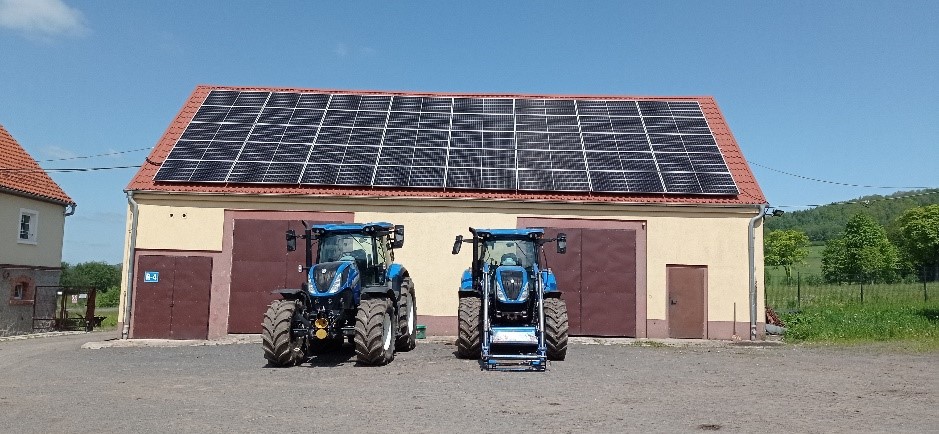
BMS systems
Over 30% of the total building area at the Wrocław University of Environmental and Life Sciences is equipped with Building Management Systems (BMS). This includes eight facilities:
- Center for Applied Biology
- Center for Experimental Animal Infections
- Research and Teaching Station in Psary – Greenhouse
- Geo-Info-Hydro Building
- Center for Food Science and Nutrition
- Regional Center for Innovative Technologies in Plant Production, Processing, and Food Safety – Plant Production Technology Department in Swojczyce
- Regional Product Centre
- Teaching and Research Center (CDN)
BMS systems integrate and control key installations in buildings, such as heating, ventilation, air conditioning, lighting, and security systems. This enables optimal energy management, improved user comfort, and increased operational efficiency of the facilities.
Rainwater Collection Systems
At the UPWr, rainwater is collected into tanks on campuses and research and teaching stations:
- Grunwald Campus – rainwater tank at the Main Library
- Research and Teaching Station in Radomierz – well, tank, and rainwater reservoir
- Research and Teaching Station in Psary – 10,000 L rainwater tank
- Research and Teaching Station in Samotwór – two rainwater tanks
Collected water from roofs is reused for irrigation of green areas and crops at research and teaching stations. Additionally, water collected in the Radomierz reservoir is used for fire-fighting purposes.
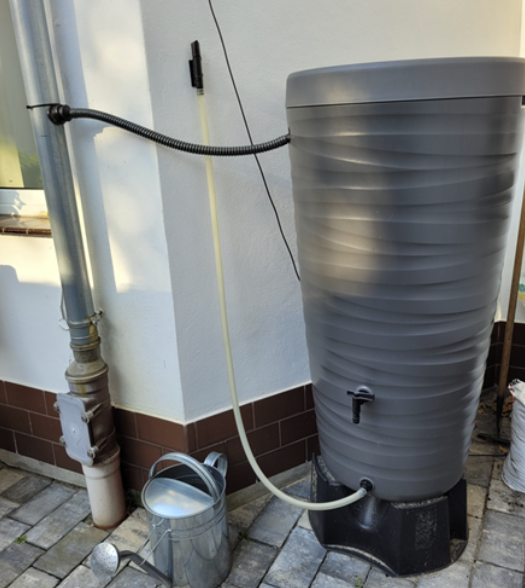
Biodiversity
Biodiversity elements in buildings play a key role in promoting sustainable development and integrating the natural environment with urban infrastructure. Green spaces and elements supporting local fauna improve air quality, enhance aesthetics, and support urban ecosystems.
- BeChill Patio at UPWr’s Main Library is a green space designed for relaxation and education, demonstrating how greenery can be integrated with building infrastructure. It provides students, staff, and visitors with a place to spend time outdoors, promoting recovery and stress reduction. Such spaces not only improve quality of life but also support local ecosystems by providing habitats for small animals and insects.
- UPWr mural is not just decorative; it incorporates bee hotels serving as nesting sites. Mason bees play a crucial role in pollination, and their presence in urban areas significantly contributes to biodiversity. This initiative shows how creative approaches to architecture can support nature conservation and educate society about the importance of pollinating insects.
- Green Roof at the Sustainable Technologies Laboratory
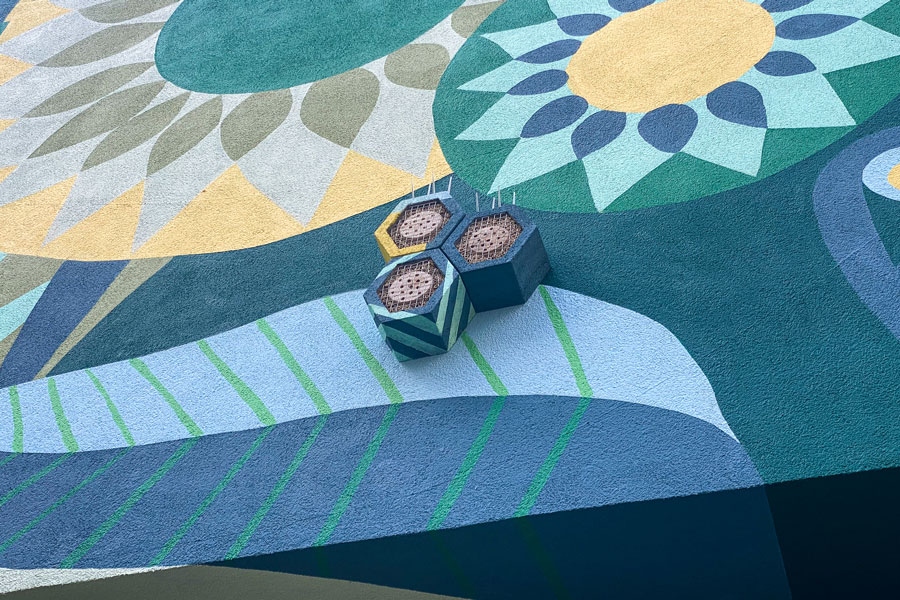
These projects not only promote biodiversity but also serve as inspiration for other educational institutions and organizations to implement similar solutions. Through such initiatives, the university emphasizes its role as a leader in pro-environmental and educational activities, raising awareness of environmental protection among students, staff, and the wider local community.
Recycling Space for Construction
UPWr promotes sustainable space management by carrying out new construction projects on sites where old structures were demolished. This minimizes the need to develop new areas, reducing environmental impact.
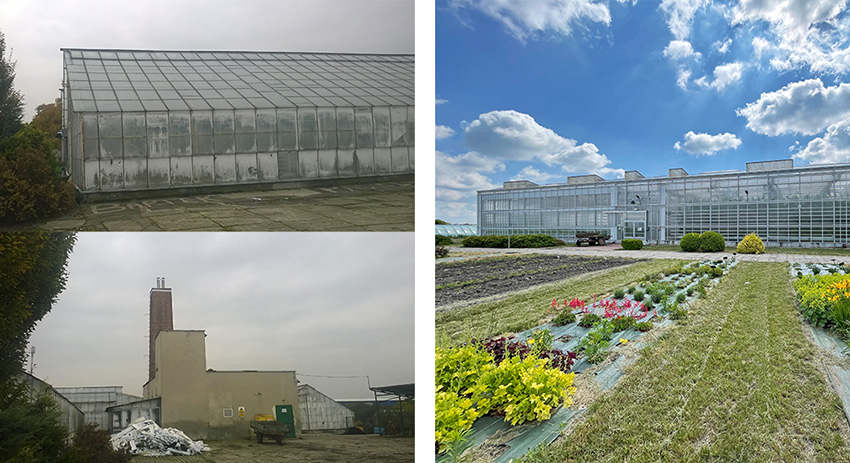
Facilities completed in this way include:
- Center for Regional Products in Pawłowice, built on the foundation of a historic stable
- Center for Plant Disease Diagnostics, utilizing the attic space of the university’s Main Building
- Center for Advanced Horticultural Production Technologies in Psary, built after demolishing old greenhouses
- Center for Applied Biology and Innovative Food Production Technologies on Chełmońskiego Street, built after demolishing two workshop buildings
- Center for Experimental Animal Infections on Grunwaldzki Square, built after demolishing concrete enclosures and animal shelters









